Durban Poison regular Strain
The Durban Poison cannabis strain is a Sativa-dominant landrace originating from Africa. As a result, it’s a reliable and easy to grow strain. Its pungent and citrusy smell and taste, together with its high THC levels, make this strain a winner in terms of its energetic and uplifting high – it can instantly lift you up from any bad mood.
Description
Description
Durban Poison’s High: A Mixture Of Energy And Happiness
Due to its average THC content of 25%, this strain has excellent energetic and uplifting effects that come in handy when treating conditions like stress, depression and anxiety. Along with that, Durban Poison is a great mood enhancer known to increase both creativity and happiness.
Spicy Lemon-Like Flavor And Aroma
Durban Poison is a pretty old South African landrace that has truly withstood the test of time. As the years passed, the taste and smell of Durban Poison was gradually refined into a pungent blend of spice and lemon with a hint of delightfully sweet notes.
Reliable And Early Harvesting Strain
The Durban Poison regular marijuana seeds can be grown both indoors and outdoors. Thanks to its unique genetic profile, harvest can begin incredibly early – even during autumn. As a result, it’s considered a reliable and resistant cannabis strain that’s perfect for beginners. Durban Poison is also extraordinary in terms of height, as its massive 3m is considered typical for this plant.
- Flowering indoors lasts for about 8-9 weeks.
- Outdoor maximum height is 3-4m.
- It has a Sativa-like structure with a lot of branches and a conical shape.
- Yields come up to around 450 and 650 grams per m².
- This strain requires management in small areas, so use training techniques!
- It takes 11-13 weeks from seed to harvest.
- This strain can endure the colder northern climates.
Unique South African Landrace Genetics
This cannabis strain is a landrace Sativa-dominant originating from the South African city of Durban. Its characteristics are a result of a combination of Indica and Sativa genetics, with its distinct Indica-like leaves during the vegetative stage that form into thin Sativa-like leaves during the flowering stage.




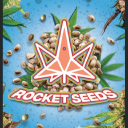

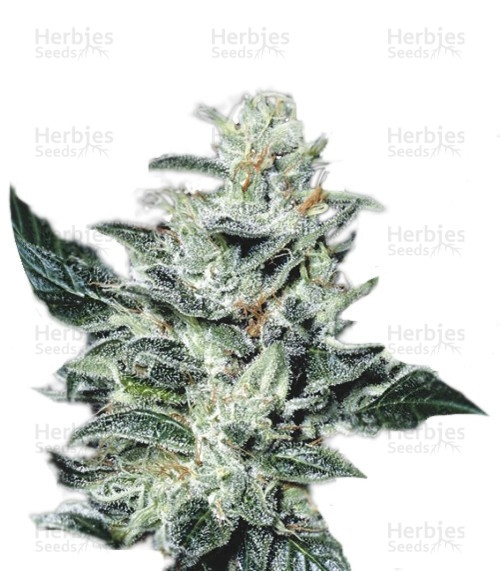
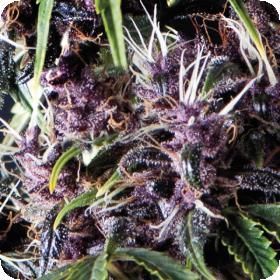
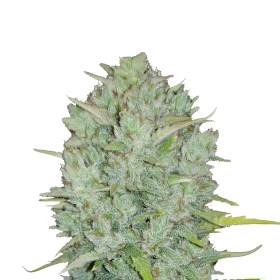
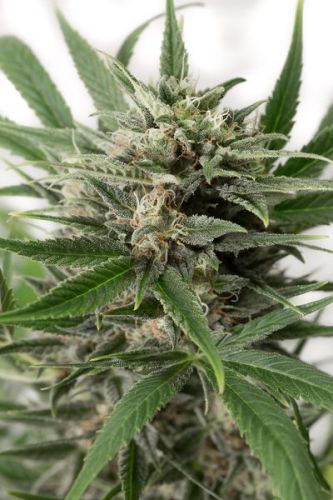
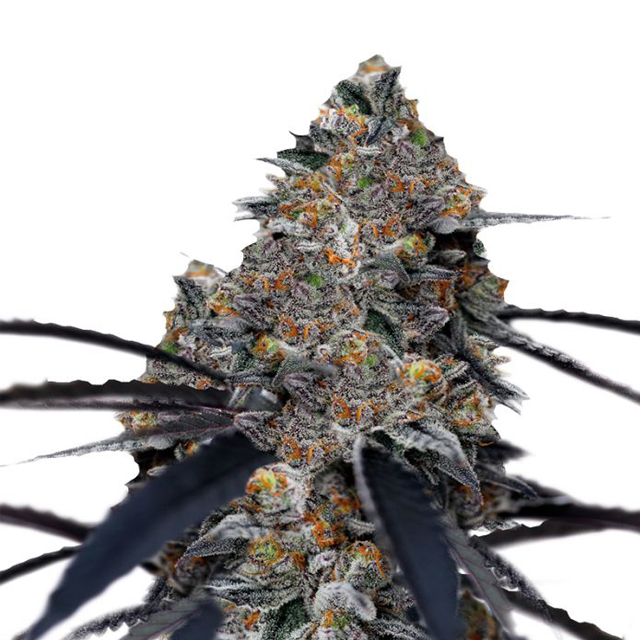

There are no reviews yet.